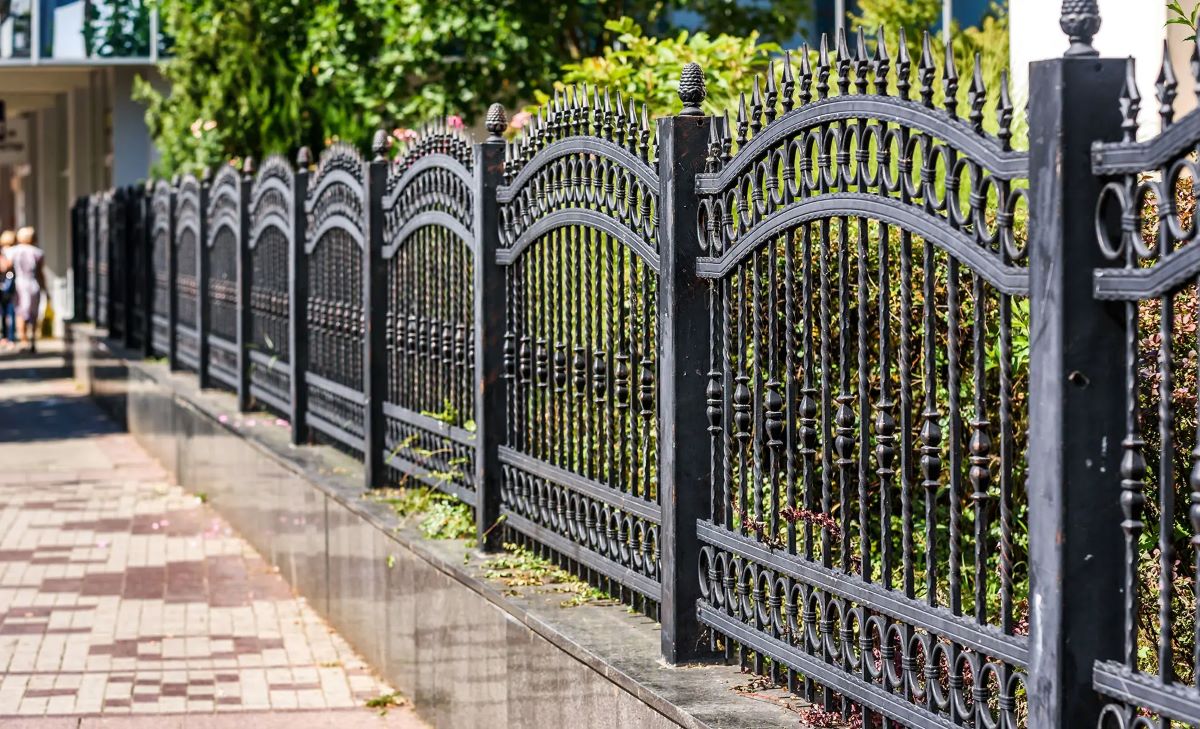

Articles
How To Install A Metal Fence
Modified: December 7, 2023
Learn how to install a metal fence with our comprehensive articles. Get step-by-step instructions and tips for a successful DIY project.
(Many of the links in this article redirect to a specific reviewed product. Your purchase of these products through affiliate links helps to generate commission for Storables.com, at no extra cost. Learn more)
Introduction
Installing a metal fence is a great way to enhance the security, privacy, and aesthetic appeal of your property. Whether you want to keep intruders out, keep children or pets in, or simply add a stylish element to your outdoor space, a metal fence can be a practical and visually pleasing solution.
In this step-by-step guide, we will walk you through the process of installing a metal fence. From gathering the necessary tools and materials to adding the finishing touches, we will cover each stage in detail. By following these instructions, you’ll be able to successfully install a metal fence and enjoy the benefits it provides.
Before we dive into the steps, let’s talk briefly about the different types of metal fences available. There are several options to choose from, including wrought iron, aluminum, steel, and chain-link fences. Each type has its own unique characteristics, advantages, and drawbacks. Consider factors such as durability, maintenance, and budget when selecting the right type of metal fence for your needs.
Additionally, it’s important to check with your local municipality or homeowner’s association regarding any regulations or permits required for fence installation. Ensuring compliance with local guidelines will save you time, effort, and potential legal issues in the future.
Now that we have covered the basics, let’s move on to the first step: gathering the necessary tools and materials.
Key Takeaways:
- Enhance Your Property with a Sturdy and Stylish Metal Fence
Boost security, privacy, and visual appeal by following a detailed guide to successfully install a metal fence, from gathering tools to adding finishing touches. - Ensure Longevity and Functionality with Proper Maintenance
Regular inspections and maintenance are crucial for keeping your metal fence in optimal condition, ensuring durability, attractiveness, and functionality for years to come.
Read more: How To Install Metal Fence Post
Step 1: Gather the necessary tools and materials
Before you begin the installation process, it’s essential to gather all the tools and materials you will need. Having everything ready will save you time and prevent any unnecessary delays during the installation.
Here’s a list of the basic tools and materials you will need for installing a metal fence:
- Tape measure: Use a tape measure to accurately measure the dimensions of your fence layout.
- Level: A level will ensure that your fence is installed straight and level.
- Post hole digger: This tool is necessary for digging holes for the fence posts.
- Shovel: A shovel will come in handy for removing dirt and debris while digging the post holes.
- Concrete mix: You’ll need concrete mix to secure the fence posts in the ground.
- Screws or nails: Depending on the type of metal fence panels you have, you’ll need screws or nails for attaching them to the fence posts.
- Screwdriver or nail gun: Use a screwdriver or nail gun to secure the fence panels to the posts.
- Gate hardware: If you plan to install a gate, make sure you have the necessary gate hardware, including hinges and a latch.
- Protective gear: Don’t forget to wear protective gear such as gloves and safety glasses to ensure your safety during the installation process.
It’s important to note that the specific tools and materials you’ll need may vary depending on the type of metal fence you are installing and the specific requirements of your project. Consult the manufacturer’s instructions or seek professional advice if you have any doubts about the tools and materials needed.
Once you have gathered all the necessary tools and materials, you’re ready to move on to the next step: measuring and marking the fence layout.
Step 2: Measure and mark the fence layout
Accurate measurements and proper marking are essential for a successful metal fence installation. Before you start digging post holes, take the time to carefully measure and mark the layout of your fence.
Here are the steps to measure and mark the fence layout:
- Determine the boundaries: Identify the boundaries of your property where you want the fence to be installed. This can be done by referring to property surveys or consulting with a surveyor if needed.
- Measure and mark the corner points: Use a tape measure to measure the distance along the boundary lines and mark the corner points where the fence will begin and end. Make sure the corners are at 90-degree angles for a square layout.
- Mark the post locations: Determine the spacing between the fence posts based on the size and type of your metal fence panels. Typically, posts are spaced 6 to 8 feet apart. Measure and mark the locations of each post along the boundary lines, ensuring equal spacing between them.
- Mark the gate location: If you plan to install a gate, measure and mark the location where it will be placed. Make sure to leave enough space for the gate to open and close smoothly.
- Double-check the measurements: Take a final look at your measurements and markings to ensure accuracy. Use a level and a tape measure to confirm that your lines are straight and equal distances apart.
Remember, precision is crucial in this step as it will affect the alignment and overall appearance of your fence. If you’re unsure about the measurements or need assistance, don’t hesitate to consult a professional or seek advice from the manufacturer.
Once you have accurately measured and marked the fence layout, you’re ready to move on to the next step: preparing the fence posts.
Step 3: Prepare the fence posts
Preparing the fence posts is an important step in ensuring the stability and durability of your metal fence. Proper preparation will help the posts withstand external forces and maintain their position over time.
Follow these steps to prepare the fence posts:
- Cut the posts: Measure the desired height of your fence and cut the metal posts to the appropriate length using a hacksaw or a reciprocating saw. Make sure to wear appropriate safety gear while cutting the posts.
- Smooth the edges: Use a metal file or sandpaper to smooth any rough or sharp edges on the cut ends of the fence posts. This will ensure a safer installation process and prevent any potential injuries.
- Drill guide holes (if needed): If your metal fence panels require screws or nails to attach them to the posts, you may need to drill guide holes beforehand. Measure and mark the positions of the guide holes on each post to ensure accurate installation.
- Apply rust protection (optional): If you’re using steel or iron posts, consider applying a rust protection coating to prolong their lifespan. Consult the manufacturer’s instructions or a local hardware store for suitable rust protection products.
It’s essential to note that the specific steps for preparing the fence posts may vary depending on the type and design of your metal fence. Refer to the manufacturer’s instructions or seek professional advice to ensure you’re correctly preparing the posts for your specific fence.
Once you have properly prepared the fence posts, you’re ready to move on to the next step: digging the post holes.
Step 4: Dig the post holes
Digging the post holes is a crucial step in ensuring the stability and integrity of your metal fence. Properly dug holes will provide a strong foundation for the fence posts, helping them withstand external forces and maintain their position over time.
Here are the steps to dig the post holes:
- Mark the hole locations: Referencing the measurements and markings from step 2, use a stake or marker to identify the center point of each post hole.
- Check for underground utilities: Before digging, contact your local utility companies to ensure there are no underground utilities in the vicinity of the post hole locations. This step is crucial for safety and to prevent any damage to utility lines.
- Prepare the post hole digger: If using a manual post hole digger, make sure the blades are sharp and in good condition. If using a power auger, ensure it is in proper working order and suitable for digging the required hole size.
- Start digging: Position the post hole digger over the first marked location and begin digging. Dig the hole to the recommended depth, taking into account local building codes and the recommendations of the manufacturer or professional guidance.
- Ensure proper hole dimensions: Check that the diameter and depth of each hole are suitable for your fence posts. The diameter should be slightly larger than the width of the post, allowing for proper placement and adjustment during installation.
- Clear the debris: Remove any loose dirt, rocks, or debris from the hole to ensure a clean and stable foundation for the post.
- Repeat for other post holes: Move on to the next marked location and repeat the process for digging each post hole.
Keep in mind that the specific dimensions and depths of the post holes may vary depending on the type and design of your metal fence. Refer to the manufacturer’s instructions or consult with a professional to ensure you’re digging the appropriate size holes for your specific fence.
Once all the post holes have been dug, you’re ready to move on to the next step: setting the fence posts.
Read more: How To Install Metal Posts For Wood Fence
Step 5: Set the fence posts
Setting the fence posts is a crucial step in the installation process as it determines the stability and alignment of your metal fence. Properly setting the posts will ensure that your fence stands strong and secure for years to come.
Follow these steps to set the fence posts:
- Place the first post: Starting with one of the corner posts, carefully lower it into the corresponding post hole, ensuring it is fully seated at the bottom. Use a level to check that the post is straight and plumb on all sides.
- Add concrete: Fill the hole around the post with concrete mix, leaving a few inches of space at the top. Slowly pour water into the hole to activate the concrete mix and use a stick or rod to remove any air pockets.
- Check for level and alignment: Continuously check the post for level and alignment as the concrete sets. Make adjustments if necessary by gently tapping the post or adding/removing concrete.
- Repeat for remaining posts: Repeat the process for setting the remaining fence posts, working your way along the fence line. Ensure proper spacing and alignment between each post.
- Allow the concrete to cure: Follow the manufacturer’s instructions for the recommended curing time of the concrete. This typically takes 24 to 48 hours, during which you should avoid placing any stress or weight on the posts.
It’s important to note that some metal fence systems may require additional post installation steps, such as attaching brackets or hardware to secure the panels. Consult the manufacturer’s instructions or seek professional advice to ensure you’re correctly setting the posts for your specific fence.
Once the concrete has cured and the posts are firmly set, you’re ready to move on to the next step: installing the fence panels.
Before installing a metal fence, make sure to check local building codes and obtain any necessary permits. It’s important to have the proper tools and equipment, and to carefully measure and plan the layout of the fence before beginning installation.
Step 6: Install the fence panels
Installing the fence panels is an exciting step that brings your metal fence to life. This is where you will see the visual impact of your hard work and watch your property transform with added security, privacy, or style. Proper installation of the fence panels is essential to ensure a strong and cohesive fence structure.
Follow these steps to install the fence panels:
- Start at a corner: Begin at one corner of your fence line and position the first fence panel against the installed fence post. Ensure the panel is aligned and level, using a level tool to verify.
- Secure the panel: Depending on the type of metal fence panels you have, use screws or nails to attach the panel to the post. Refer to the manufacturer’s instructions for the appropriate fasteners and installation process.
- Continue along the fence line: Move along the fence line, installing each subsequent fence panel to the next post. Make sure each panel is aligned and level with the previous one to maintain a straight and seamless fence.
- Check for stability: Periodically check the stability of the fence panels as you install them. Gently push against the panels to ensure they are securely attached to the posts. Make any necessary adjustments or reinforcement if needed.
- Trim or adjust panels: In some cases, you may need to trim or adjust the fence panels to fit the desired length or height. Use appropriate tools, such as a saw or shears, to make the necessary modifications while maintaining a clean and professional appearance.
It’s important to follow the manufacturer’s instructions and recommendations for the installation of your specific metal fence panels. Some panels may require additional steps or specific hardware for proper attachment. Take the time to review the instructions and seek professional advice if needed.
Once all the fence panels are securely installed, you’re ready to move on to the next step: attaching the gate (if applicable).
Step 7: Attach the gate
If you’re installing a metal fence with a gate, attaching the gate is the next step in completing your fence installation. The gate provides access to your property and adds functionality to your fence, allowing you to enter and exit with ease.
Here’s how to attach the gate:
- Choose the gate location: Determine the ideal placement for your gate along the fence line. Consider factors such as convenience, accessibility, and aesthetics. Mark the gate location accordingly.
- Prepare the gate posts: If your gate requires dedicated gate posts, follow the same steps for preparing and setting them as discussed in steps 3 and 4. Ensure they are securely anchored in the ground and aligned with the rest of the fence posts.
- Position the gate: Lift the gate and position it between the gate posts. Ensure it is centered and aligned with the fence panels. Use a level to confirm that the gate is plumb.
- Attach gate hinges: Install gate hinges on one side of the gate, following the manufacturer’s instructions. Make sure the hinges are securely attached to both the gate and the gate post.
- Attach gate latch: Install a gate latch on the opposite side of the gate, ensuring it aligns properly with the gate post. This latch will secure the gate in place when closed.
- Test the gate: Open and close the gate several times to ensure it operates smoothly and securely. Make any necessary adjustments to the hinges or latch for proper functionality.
It’s important to note that the installation process for the gate may vary depending on the specific gate design and hardware you have chosen. Refer to the manufacturer’s instructions for detailed guidance specific to your gate model.
Once the gate is securely attached and functioning properly, you’re ready to move on to the next step: securing the fence panels.
Step 8: Secure the fence panels
Securing the fence panels is an essential step to ensure the stability and longevity of your metal fence. Properly securing the panels will prevent them from loosening or shifting over time, keeping your fence sturdy and intact.
Follow these steps to secure the fence panels:
- Inspect the panels: Take a close look at each panel to ensure they are properly aligned and attached to the fence posts. Check for any loose screws, nails, or connections that may need to be tightened or reinforced.
- Reinforce the attachments: If you notice any loose or weak connections, use the appropriate tools (screwdriver, nail gun, etc.) to reinforce them. This will provide additional stability and prevent any future issues.
- Install additional brackets or supports (if necessary): Depending on the type of metal fence panels you have, additional brackets or supports may be needed for added reinforcement. Follow the manufacturer’s instructions for proper installation and placement of these supports.
- Check for gaps or unevenness: Examine the fence panels to ensure there are no noticeable gaps or unevenness between them. If you spot any gaps, adjust the panels as needed or consider using additional spacers to maintain a consistent appearance.
- Consider weatherproofing: If you live in an area with harsh weather conditions, apply a weatherproofing treatment to the fence panels. This can help protect the metal from rust, corrosion, and other forms of damage caused by exposure to the elements.
Regular maintenance is also important to keep your fence panels secure and in good condition. Inspect the fence periodically, checking for any loose connections or signs of wear and tear. Make any necessary repairs promptly to maintain the structural integrity of your metal fence.
Once you have ensured that the fence panels are properly secured, you’re ready to move on to the final step: adding any necessary finishing touches.
Read more: How Much Are Metal Fence Posts
Step 9: Add any necessary finishing touches
Adding the finishing touches to your metal fence will not only enhance its appearance but also provide additional functionality and protection. These final touches will help complete your fence installation and ensure that it meets your specific needs and preferences.
Consider the following finishing touches for your metal fence:
- Paint or stain: If your metal fence is not already coated or painted, consider applying a coat of paint or stain to enhance its appearance and protect it from the elements. Choose a high-quality paint or stain that is specially formulated for metal surfaces.
- Apply a sealant: Applying a sealant to your metal fence can help extend its lifespan by preventing rust and corrosion. Consult with a professional or your local hardware store to find an appropriate sealant for your specific fence.
- Add decorative elements: Personalize your metal fence by adding decorative elements such as finials, caps, or ornamental scrolls. These embellishments can enhance the visual appeal of your fence and reflect your personal style.
- Install additional security features: If security is a concern, consider installing additional security features such as motion sensor lights, cameras, or anti-climbing devices. These will add an extra layer of protection to your property.
- Plant landscaping: Enhance the overall aesthetics of your metal fence by planting landscaping around it. Choose shrubs, flowers, or climbing vines that complement the style of your fence and create a visually appealing backdrop.
Remember to consult local regulations and homeowner’s association guidelines regarding any restrictions or specific requirements for finishing touches on fences in your area. It’s important to ensure compliance and avoid potential issues.
By adding these finishing touches, your metal fence will not only serve its functional purpose but also become a visually pleasing and cohesive element of your property.
With the necessary finishing touches complete, your metal fence installation is now finished. Take a step back and admire the result of your hard work and dedication. Enjoy the added security, privacy, and aesthetic appeal that your new metal fence brings to your outdoor space!
NOTE: Regular maintenance and periodic inspections are essential for keeping your metal fence in good condition. Check for any signs of damage, loose connections, or rust, and address them promptly to maintain the longevity and attractiveness of your fence.
Remember that proper maintenance will help ensure that your metal fence remains a durable and attractive addition to your property for years to come.
Congratulations on successfully installing your metal fence!
Conclusion
Installing a metal fence is a rewarding project that can greatly enhance the security, privacy, and aesthetic appeal of your property. By following the step-by-step guide outlined in this article, you have learned the essential skills and techniques to successfully install a metal fence.
We started by gathering the necessary tools and materials, ensuring that you have everything you need for a smooth installation process. Then, we moved on to measuring and marking the fence layout accurately, providing the foundation for a well-aligned and visually pleasing fence.
Next, you learned how to prepare and dig the post holes, setting the stage for sturdy and stable fence posts. With the posts in place, you then progressed to installing the fence panels, securing them firmly to complete the main structure of the fence.
For those installing a gate, we covered the process of attaching the gate, allowing for easy access and functionality. We emphasized the importance of securing the fence panels and provided tips for any necessary adjustments or additional supports.
Lastly, we discussed the value of adding finishing touches to your metal fence, including painting or staining, applying a sealant, and incorporating decorative elements. These details will not only enhance the appearance of your fence but also provide further protection and customization.
Remember, proper maintenance and periodic inspections are crucial for keeping your metal fence in optimal condition. Regularly check for signs of damage, loose connections, or rust, and address them promptly to extend the lifespan and attractiveness of your fence.
With each step completed, you have successfully installed your metal fence. Take pride in your accomplishment and enjoy the benefits that your new fence brings, whether it’s increased security, privacy, or a visually stunning addition to your property.
Thank you for following this comprehensive guide on how to install a metal fence. We hope it has been informative and helpful in your fencing project. Good luck with your new metal fence, and may it serve you well for many years to come!
Frequently Asked Questions about How To Install A Metal Fence
Was this page helpful?
At Storables.com, we guarantee accurate and reliable information. Our content, validated by Expert Board Contributors, is crafted following stringent Editorial Policies. We're committed to providing you with well-researched, expert-backed insights for all your informational needs.
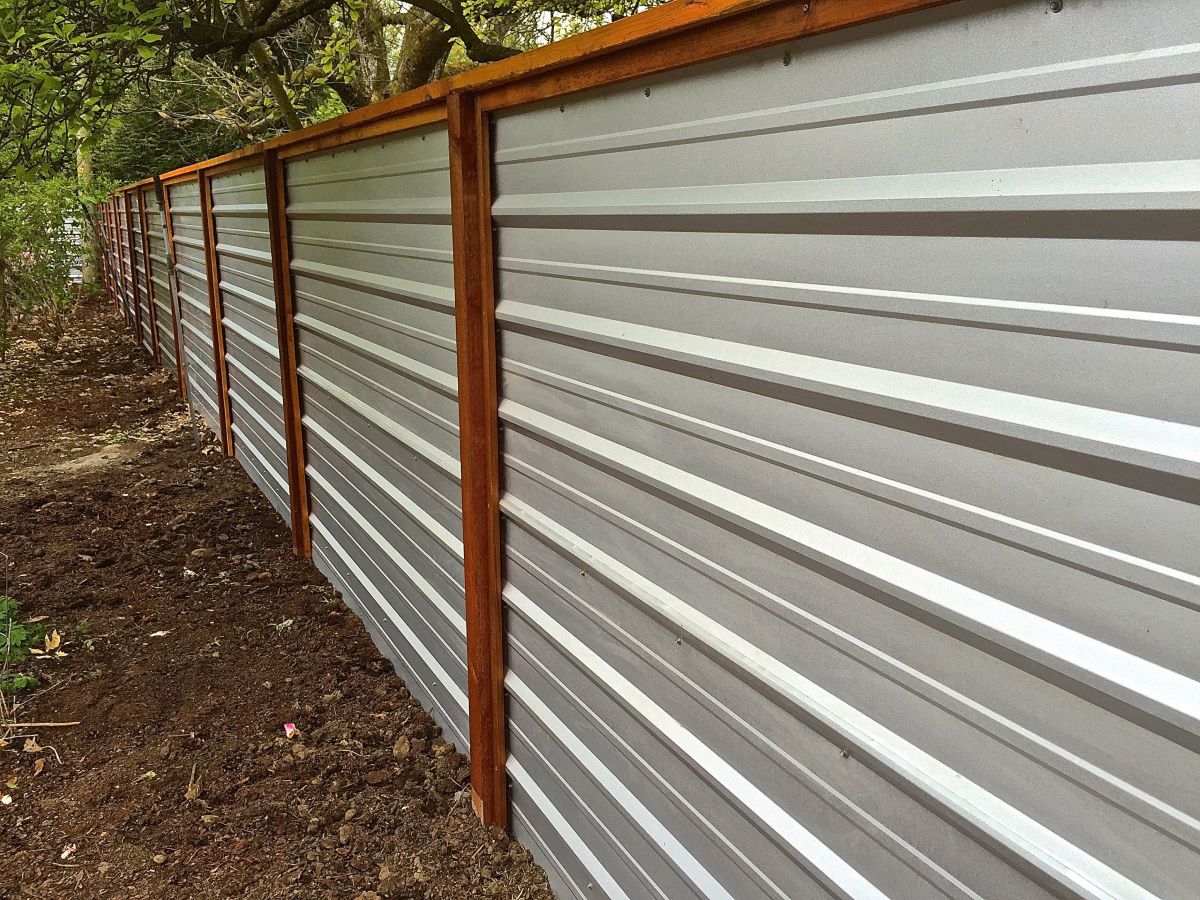
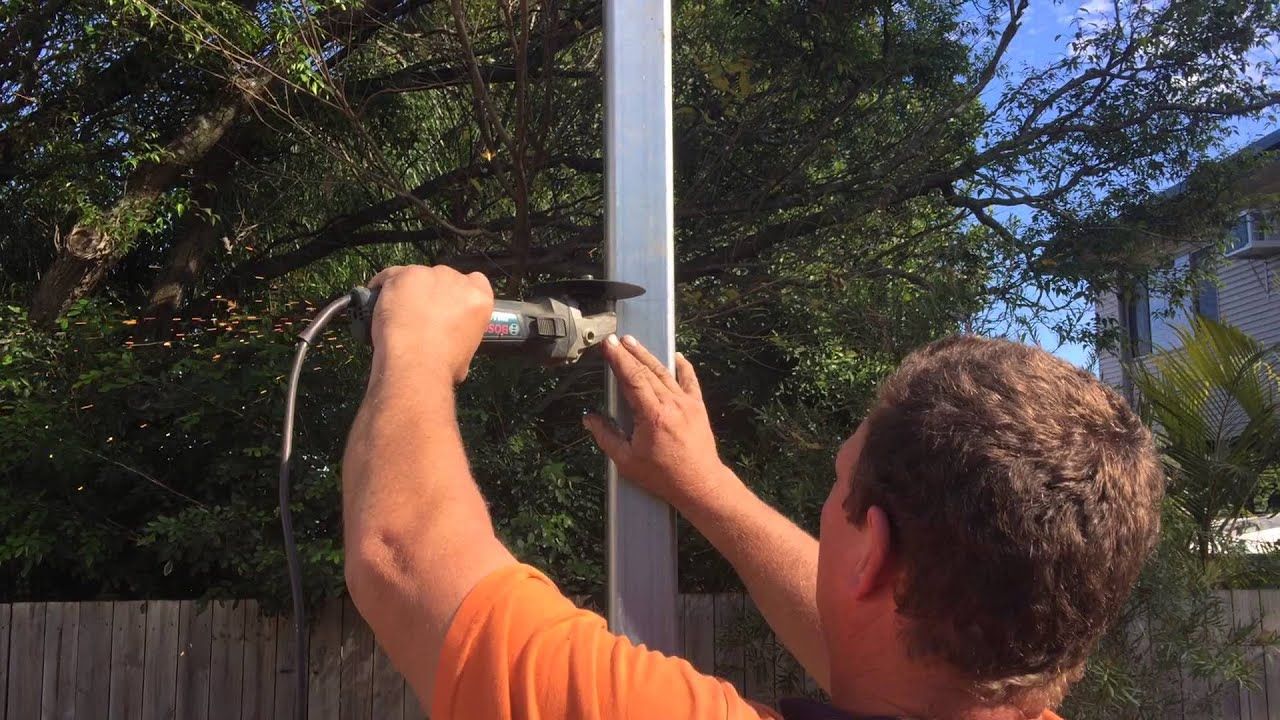
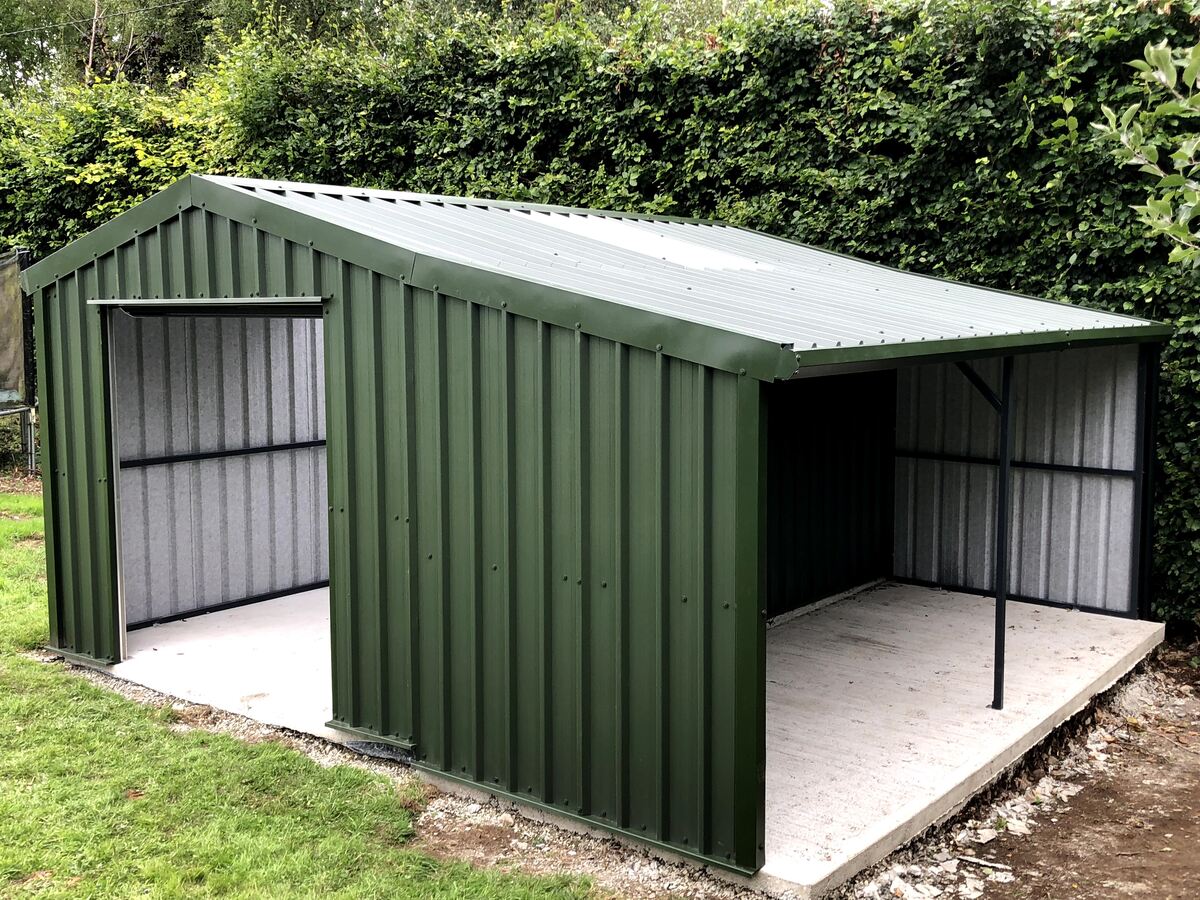
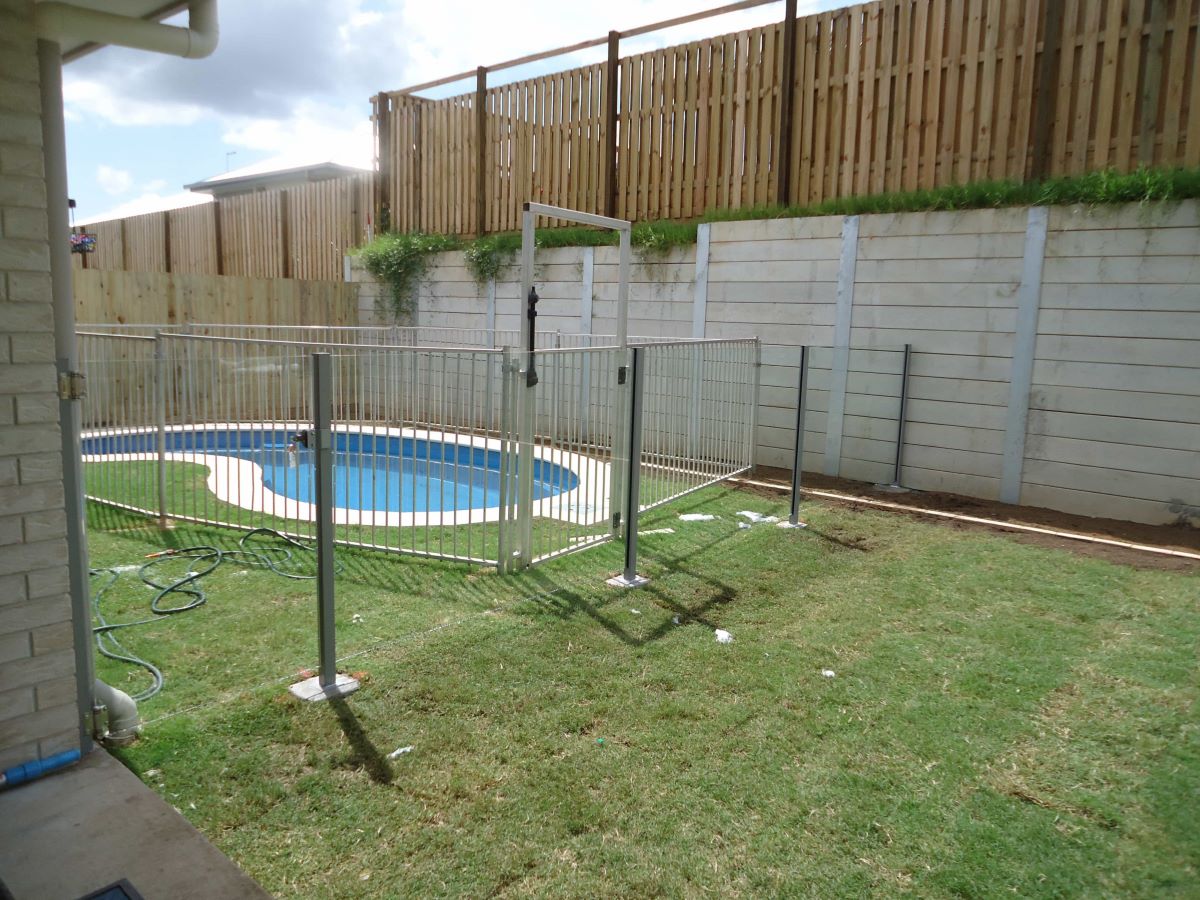
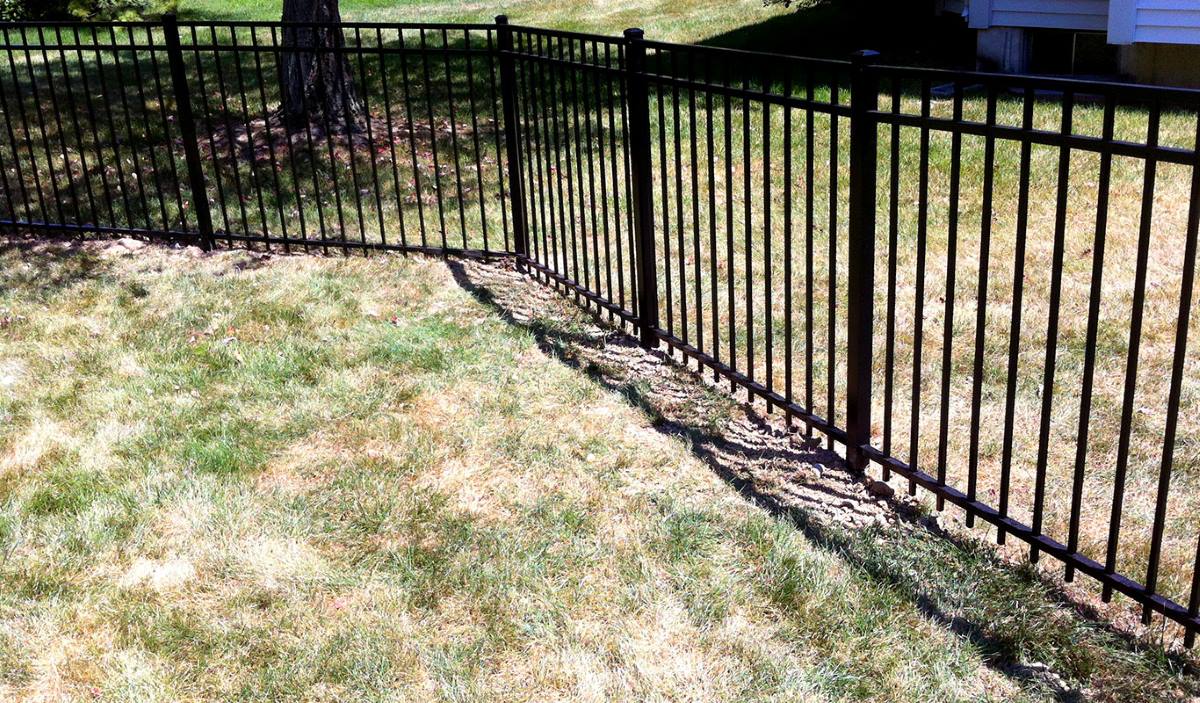
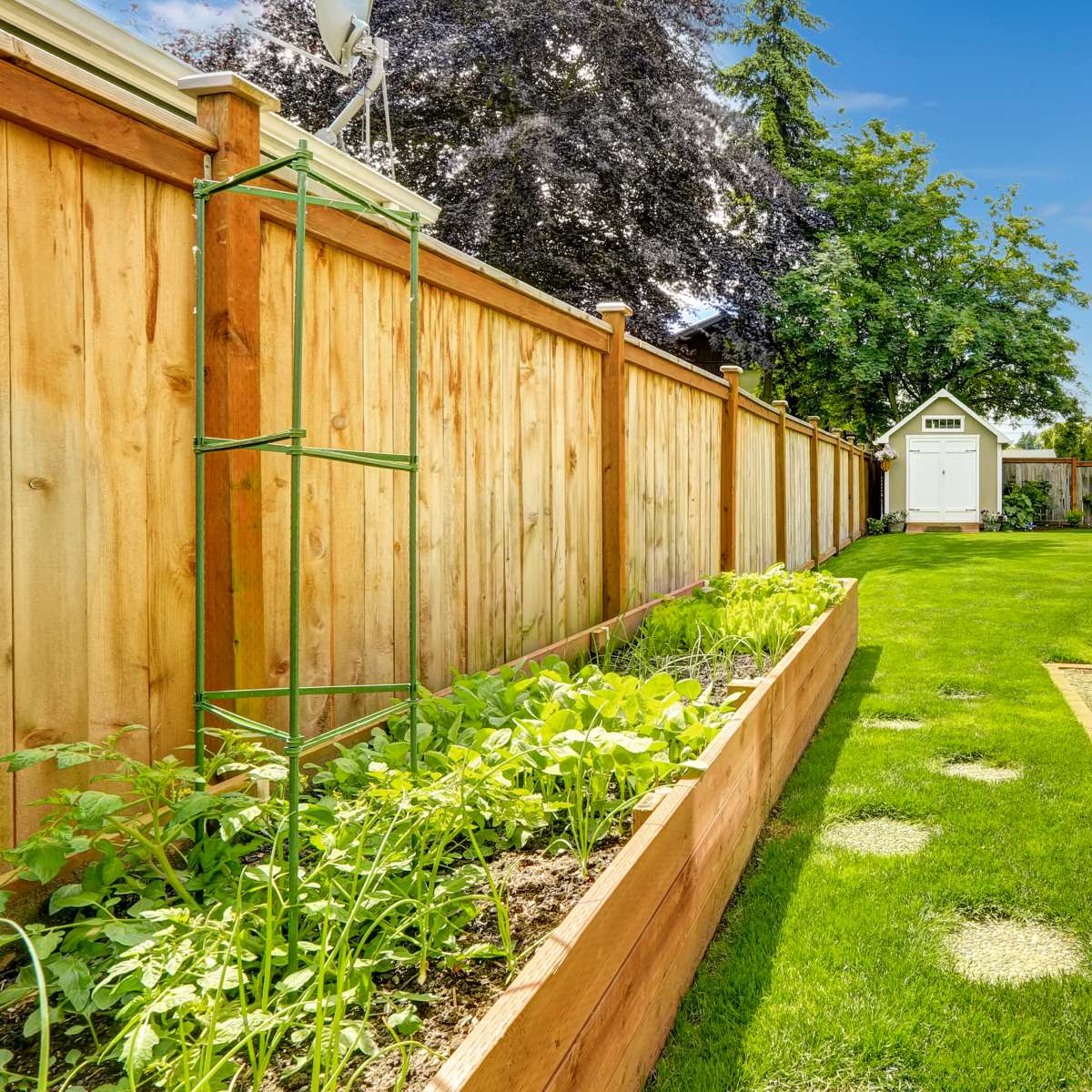
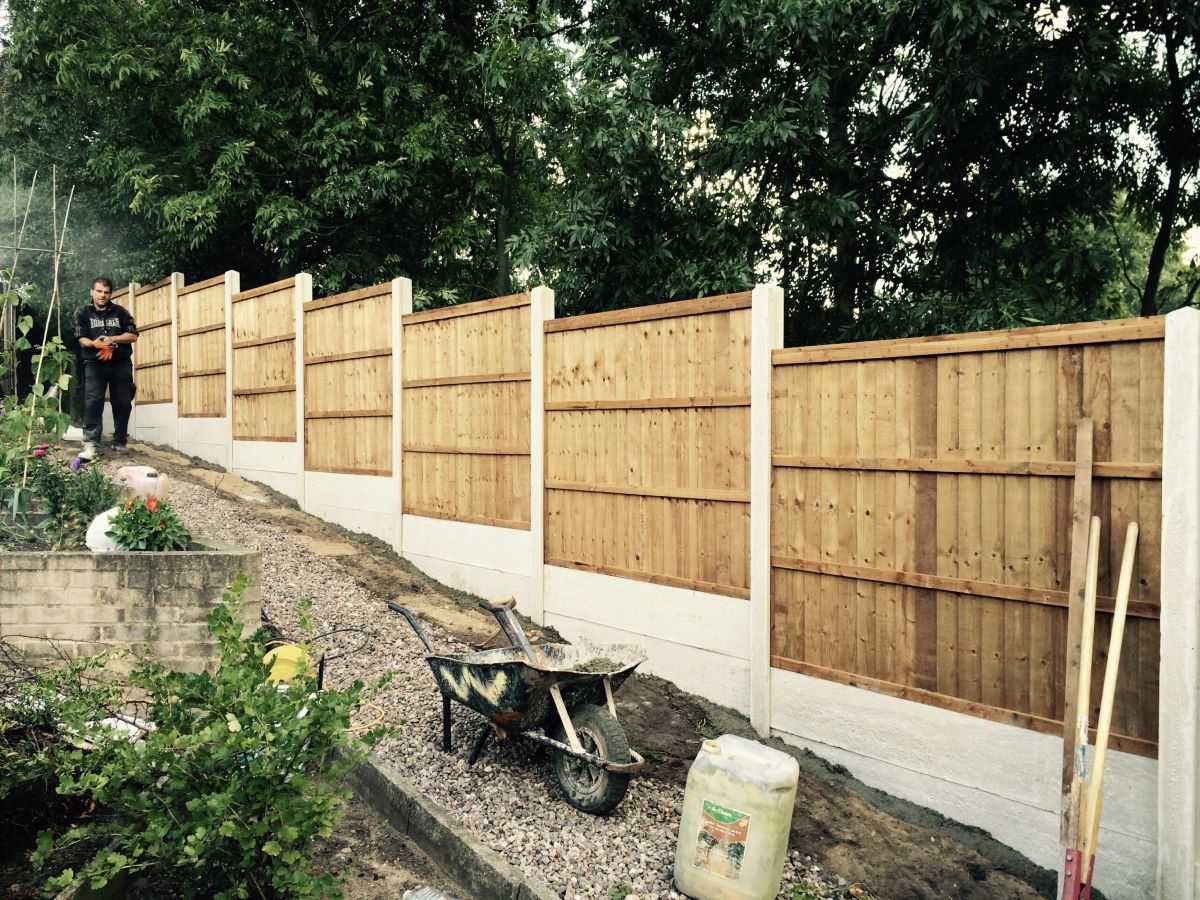
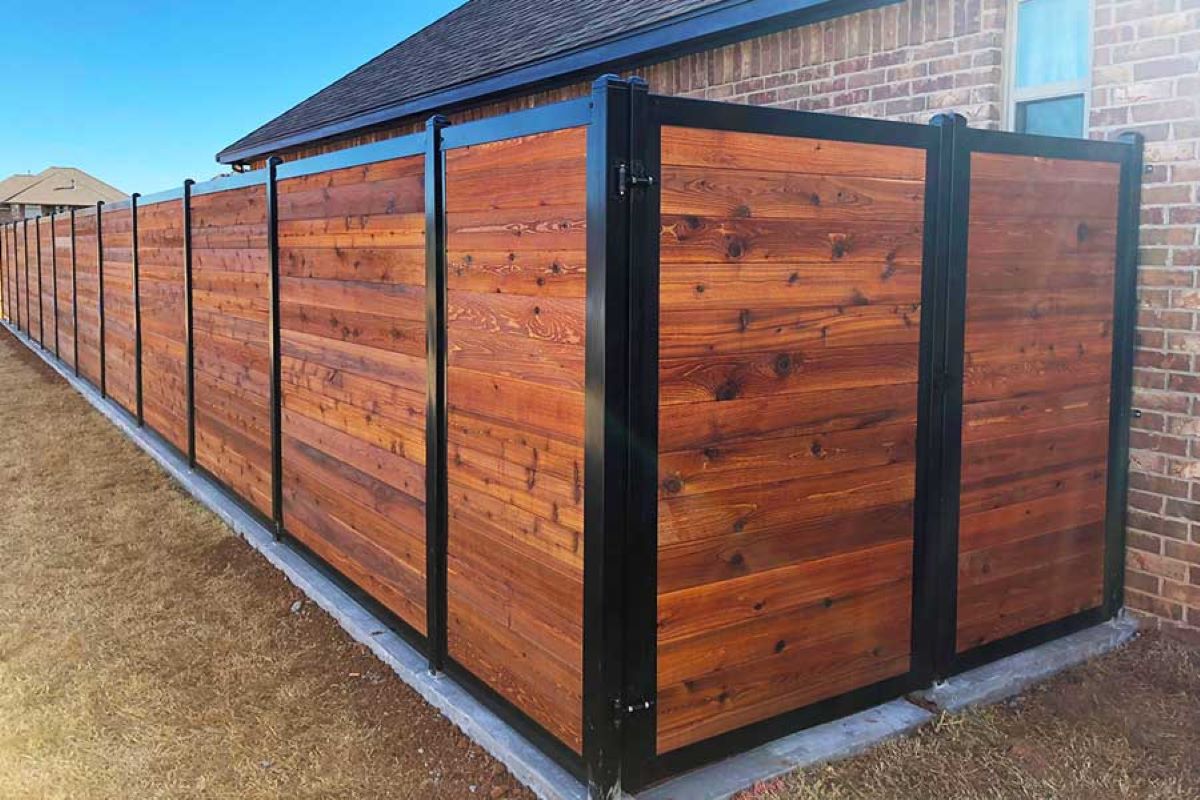
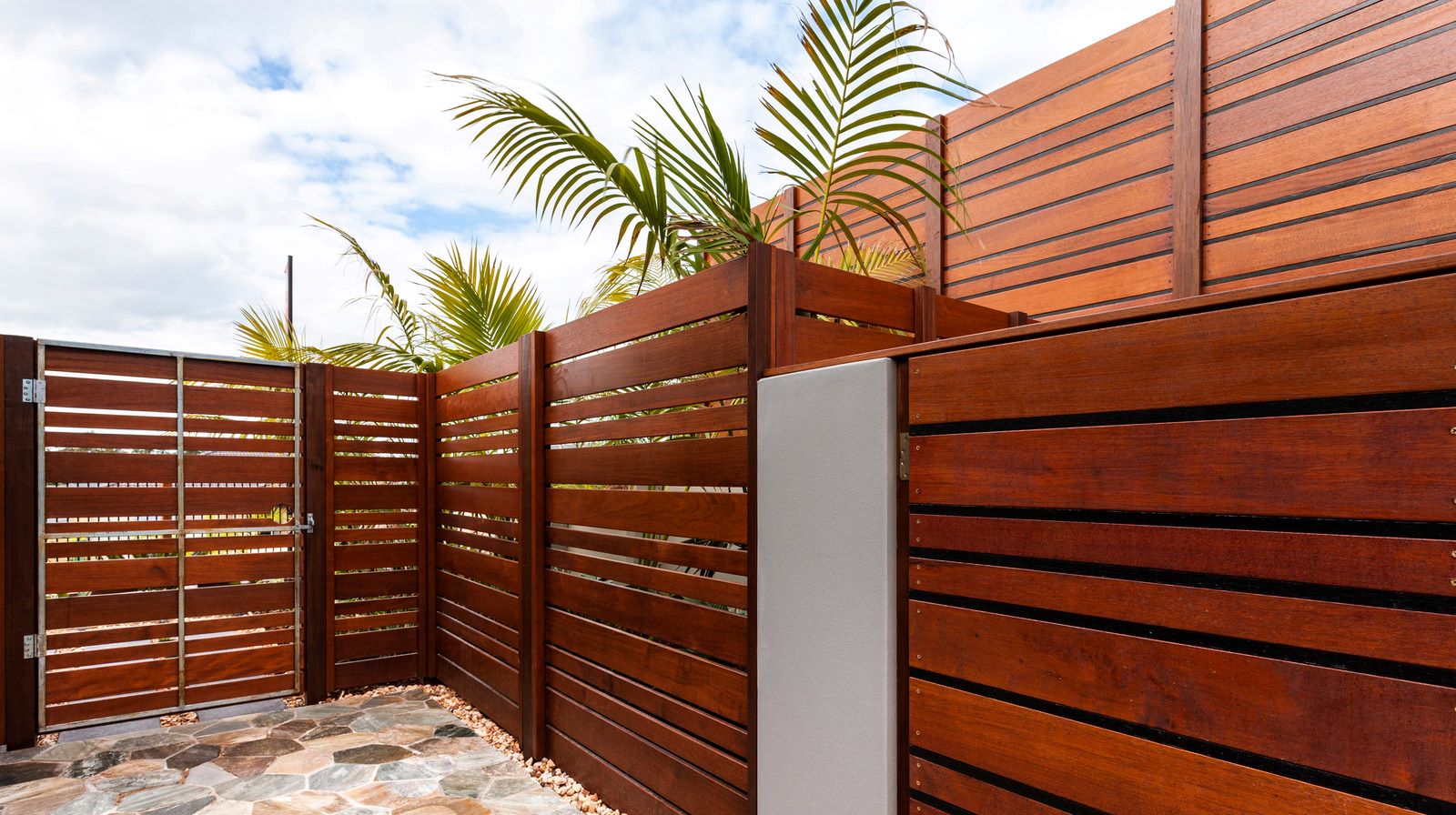
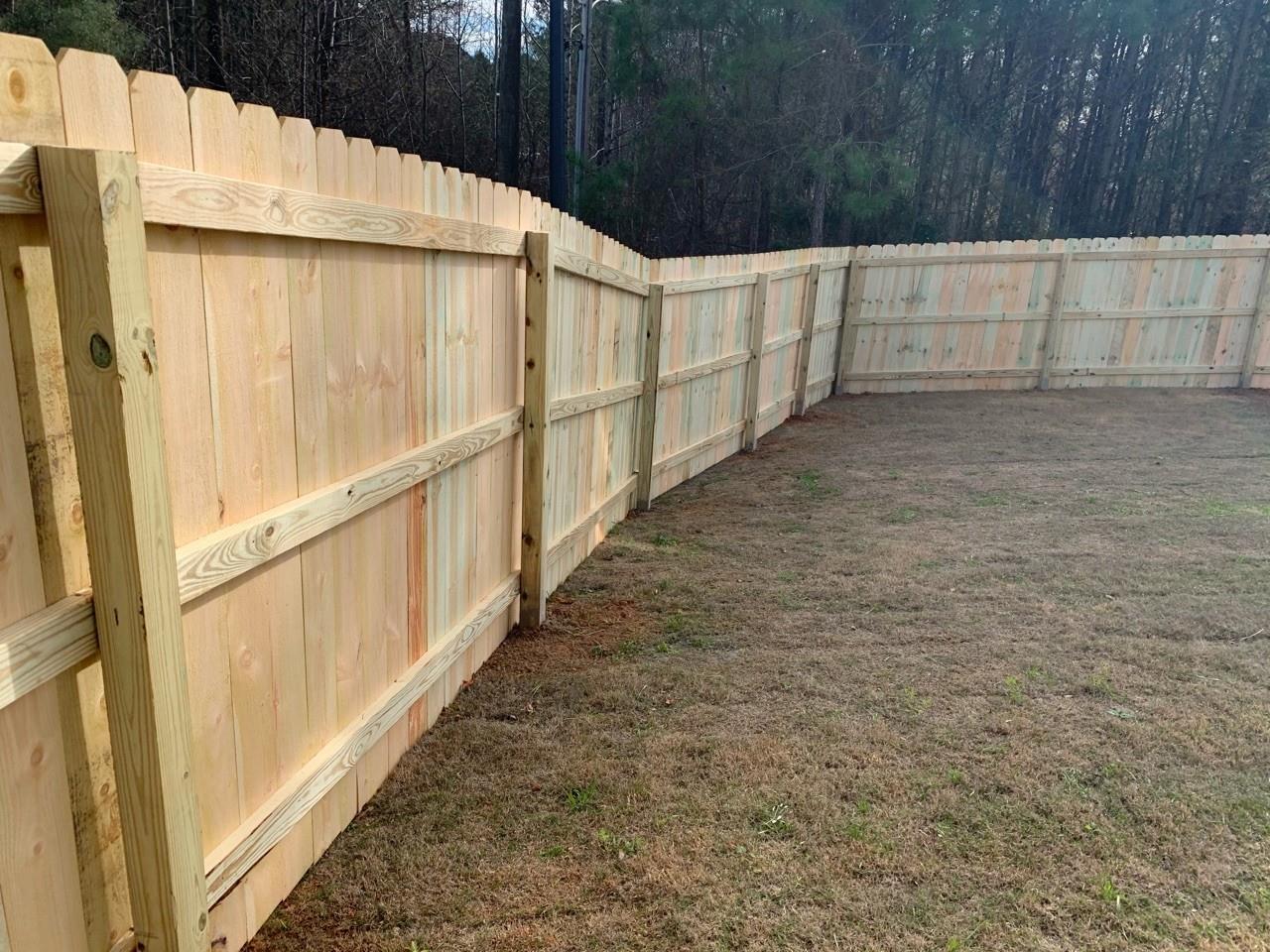
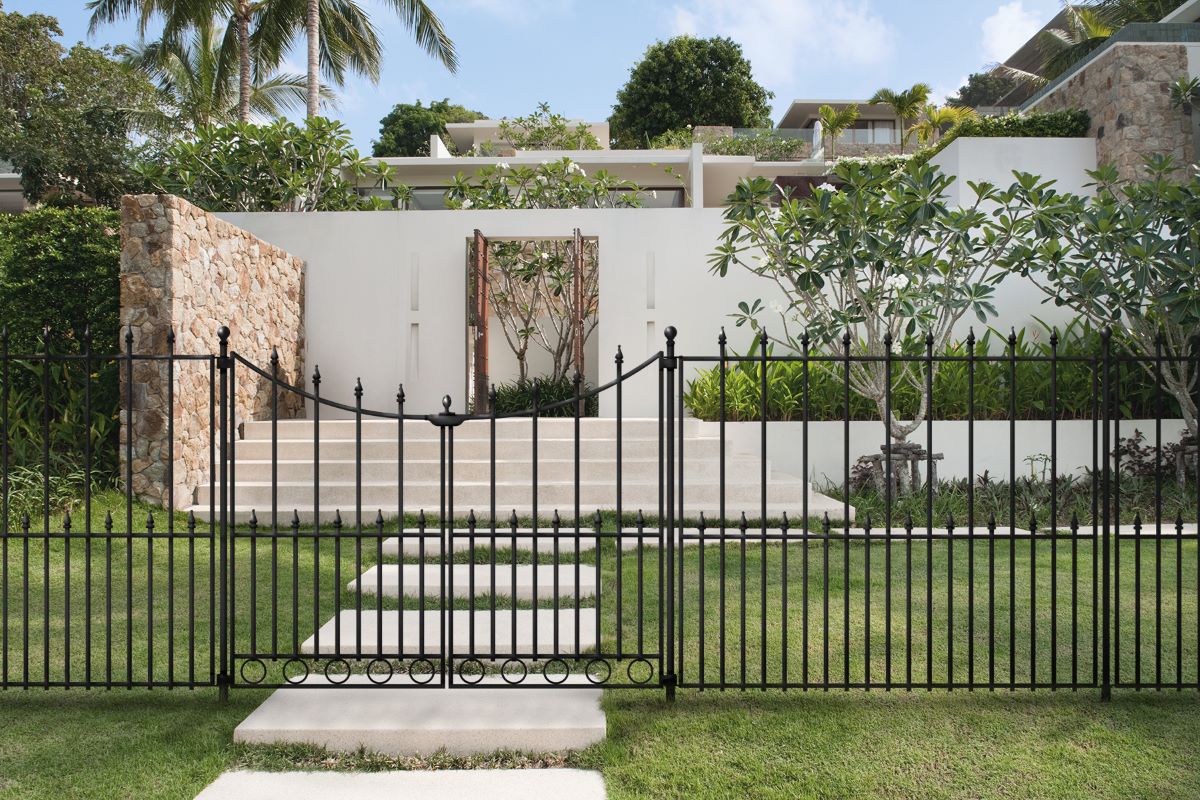
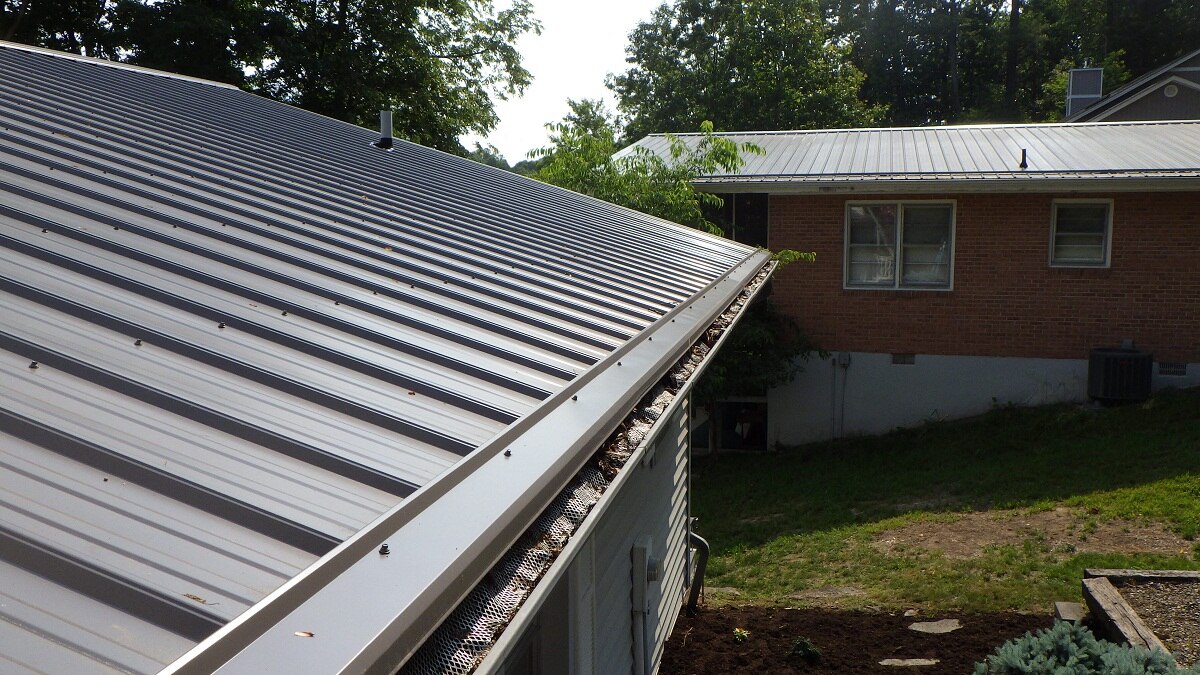
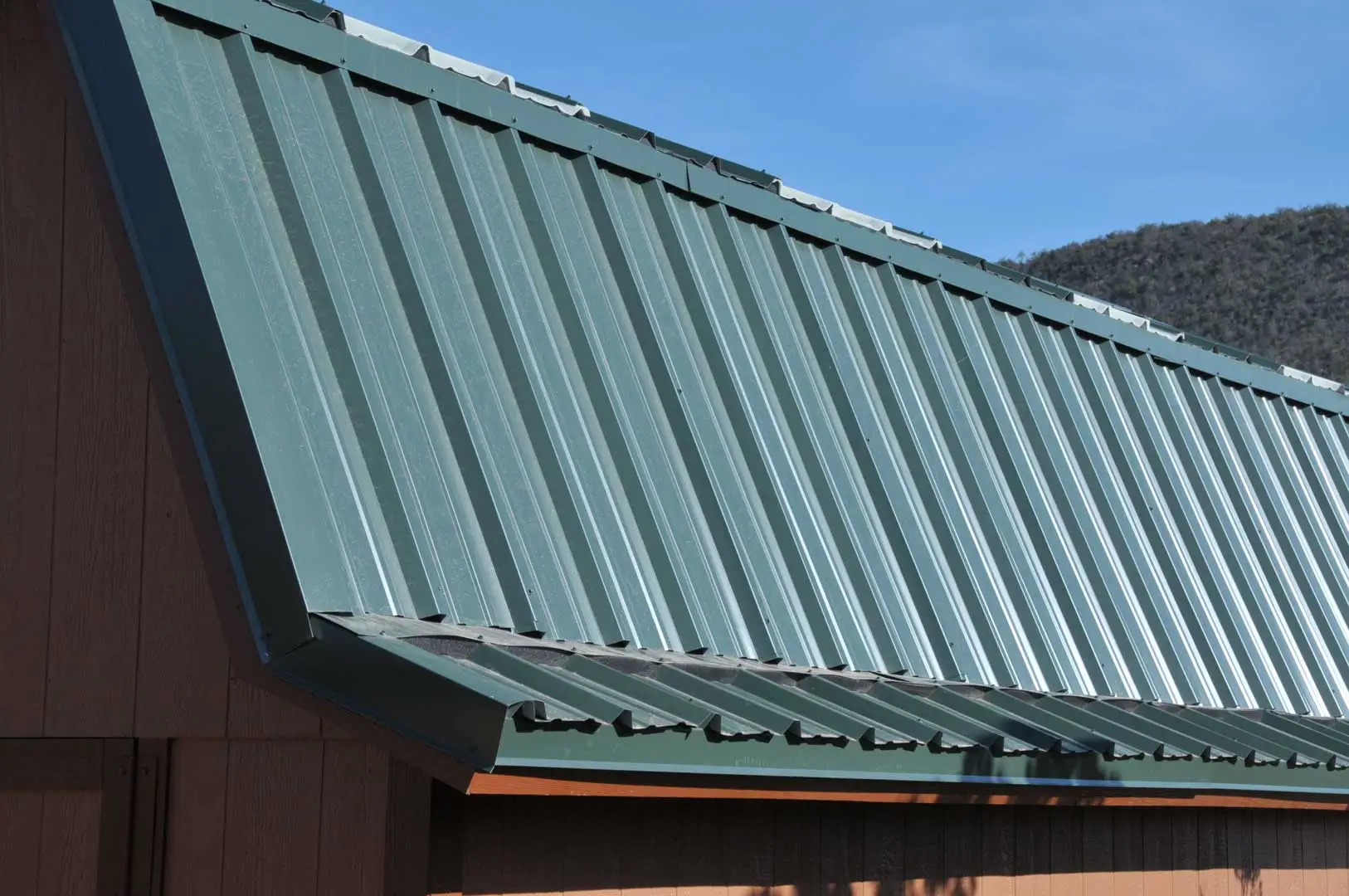

0 thoughts on “How To Install A Metal Fence”